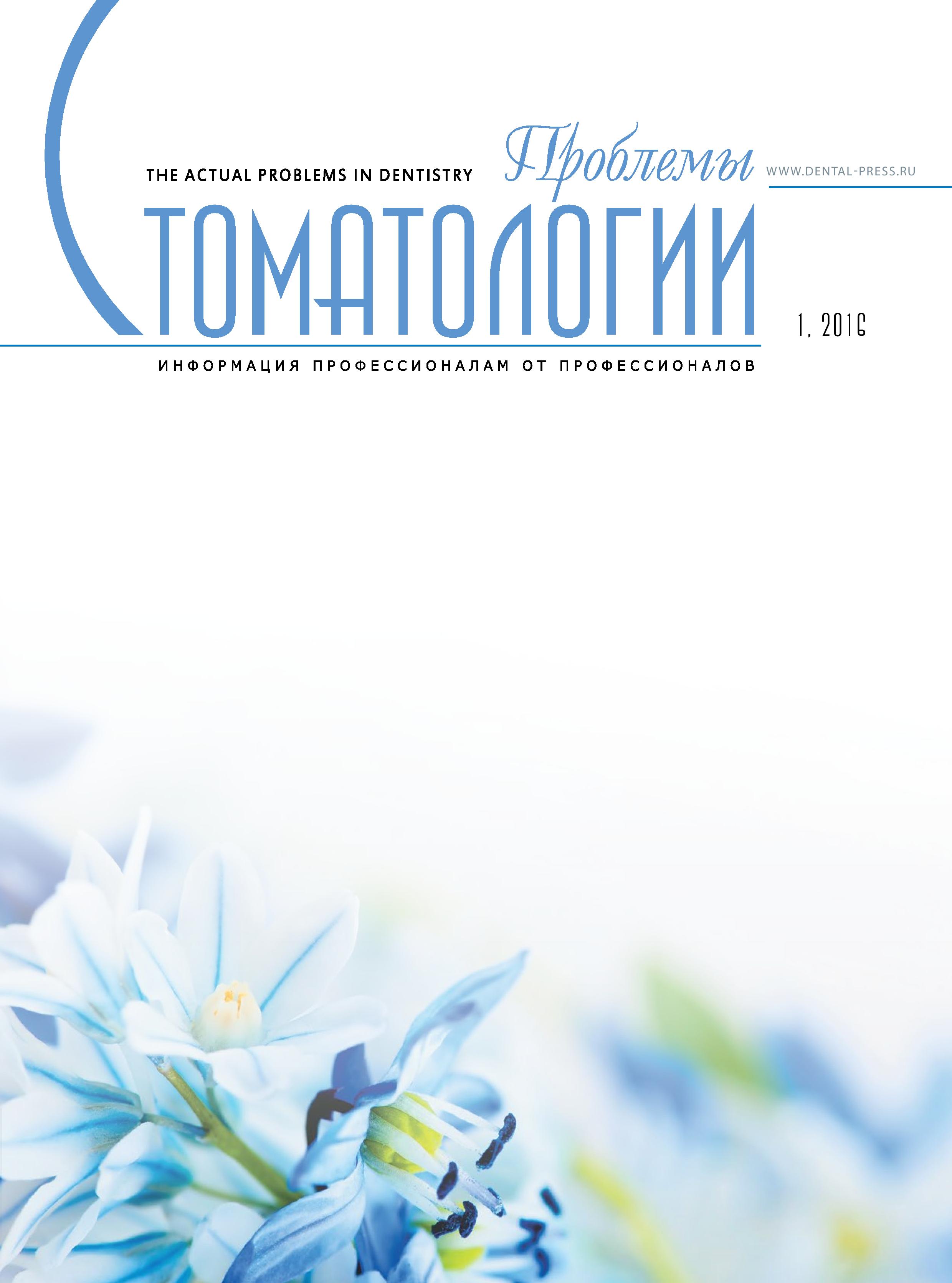The aim of the work was to study the permeability of hematosalivary barrier for mineral elements and the assessment of its role in the pathogenesis and clinical course of lichen planus of the oral mucosa. A total of 231 people were surveyed, which are divided into 6 groups depending on the clinical form of the disease and a control group. The concentrations of the mineral elements (zinc, copper and magnesium) in the blood serum and oral liquid are identified by atomic-absorption spectrophotometry. For each mineral element calculated coefficient ratio to reflects the operation of the hematosalivary barrier, which is the ratio of the concentration in the blood serum and oral fluid. Patients with oral lichen planus were found a violation of the permeability of hematosalivary barrier for some mineral elements, which is important in the pathogenesis of the disease. It appears as opposite changes of the mineral composition of blood serum and oral fluid, which have correlation with the severity of the clinical course of the disease. With increasing severity of the clinical course observed a significant decreasing of zinc, copper and a statistically significant increasing of magnesium in blood serum and oral fluid, which aggravates the severity of the clinical course of the oral lichen planus.
oral lichen planus, oral mucosa, hematosalivary barrier, permeability, pathogenesis, severity of clinical course



















